
A Biosphere Reserve is a region that is recognized by the UNESCO as a model for sustainable development in ecological, economic and social aspects.
Biosphere reserves are ‘model regions’ for sustainable development. Together with the people of the region, biosphere reserves develop and implement exemplary concepts for the protection, care and development of the area. The aim of biosphere reserves is not to conserve what already exists, but rather to show ways in which people can use nature and the landscape in the most environmentally friendly and resource-conserving way possible and preserve the diverse natural features of the often historic cultural landscapes. Biosphere reserves have been recognised worldwide by UNESCO in the ‘Man and the Biosphere’ (MAB) programme since the 1970s on the basis of internationally defined criteria. Recognition and implementation of the criteria are regularly evaluated by UNESCO every ten years. With a total area of around 282,000 hectares, the Flusslandschaft Elbe Biosphere Reserve is the largest inland biosphere reserve in Germany. The federal states of Schleswig-Holstein, Mecklenburg-Western Pomerania, Lower Saxony, Brandenburg and Saxony-Anhalt are part of this large protected area along the Elbe - the second largest river in Germany.
| Location | Germany - Brandenburg, Mecklenburg-Vorpommern, Saxony-Anhalt, Schleswig-Holstein, Saxony, Lower Saxony - Havelland, Ostprignitz-Ruppin, Prignitz, Ludwigslust-Parchim, Lüchow-Dannenberg, Nordsachsen, Anhalt-Bitterfeld, Börde, Jerichower Land, Salzlandkreis, Stendal, Wittenberg, Herzogtum Lauenburg, Lüneburg, Landkreis, Dessau-Roßlau, Kreisfreie Stadt, Magdeburg, Kreisfreie Stadt |
| Website | https://www.flusslandschaft-elbe.de |
| Area | 2821.61km² |
| Year of foundation | 1997 |
| DtP ID | 32aba1f6-0fe6-44f8-a5de-099c574ea0ce |
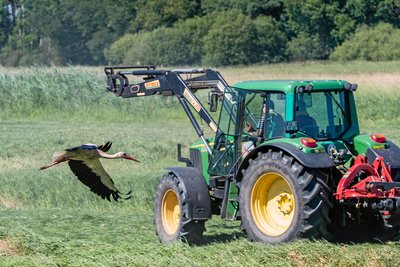
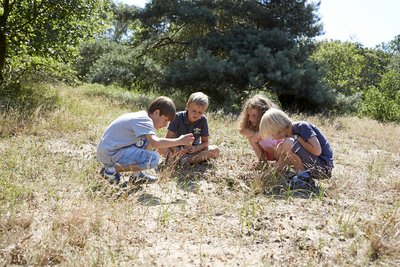
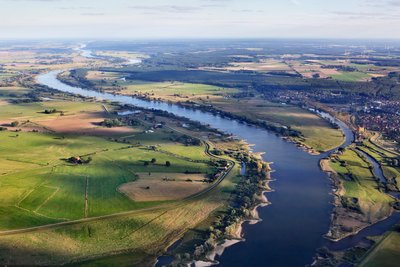
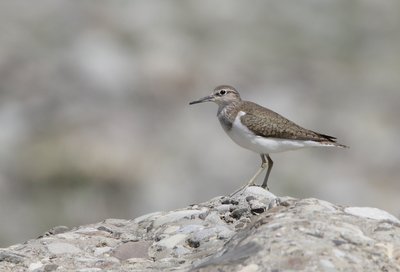
Fauna
Flussuferläufer
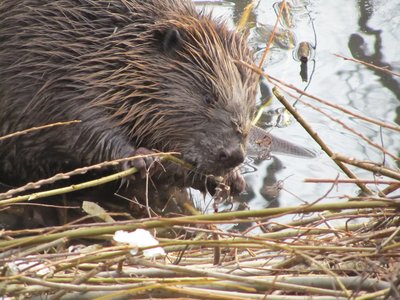
Fauna
Europäischer Biber
Fauna
Kranich
Fauna
Weißstorch
Fauna
Grüne Flussjungfer
Fauna
Lachs
Fauna
Rotbauchunke
Erklärung zum Biosphärenreservat Flusslandschaft Elbe – Brandenburg
Ministerium für Umwelt, Naturschutz und Raumordnung Brandenburg - March 18, 1999
Gesetz über das Biosphärenreservat "Niedersächsische Elbtalaue" (NElbtBRG)
Niedersächsischer Landtag - Nov. 14, 2002
Landtag Mecklenburg-Vorpommern - Jan. 15, 2015
Allgemeinverfügung über die Erklärung zum Biosphärenreservat "Mittelelbe"
Ministerium für Landwirtschaft und Umwelt Sachsen-Anhalt